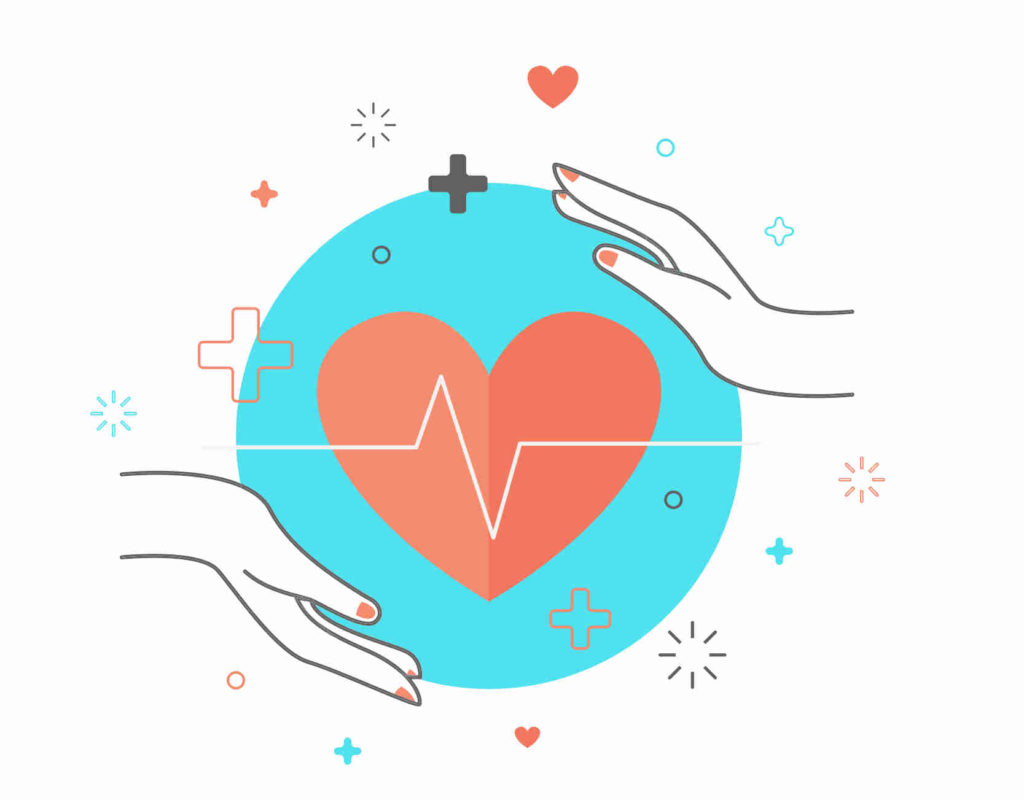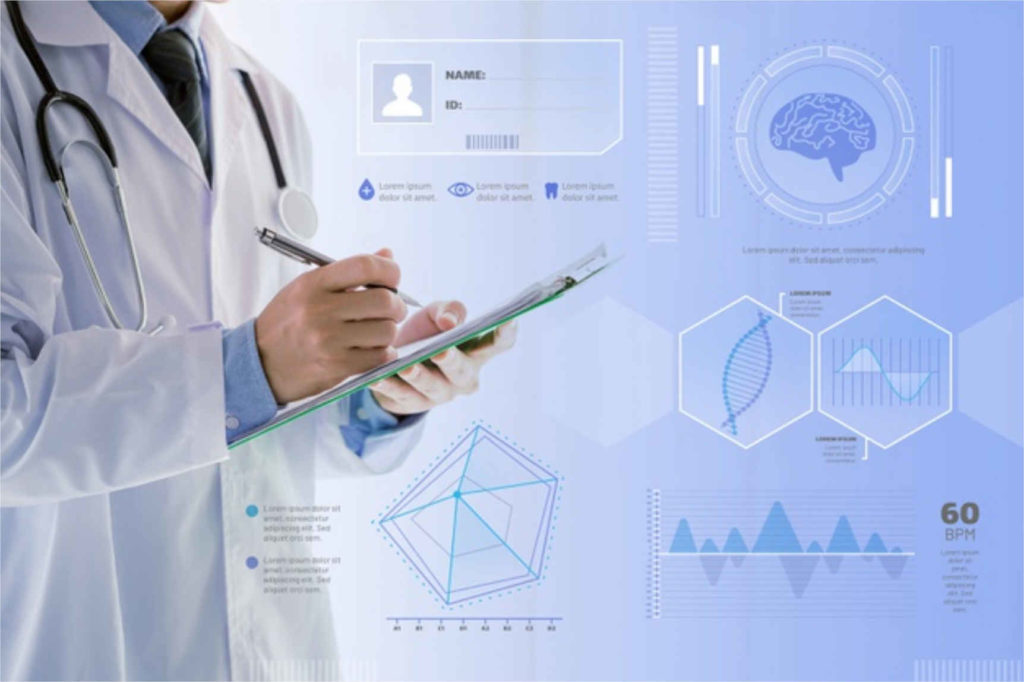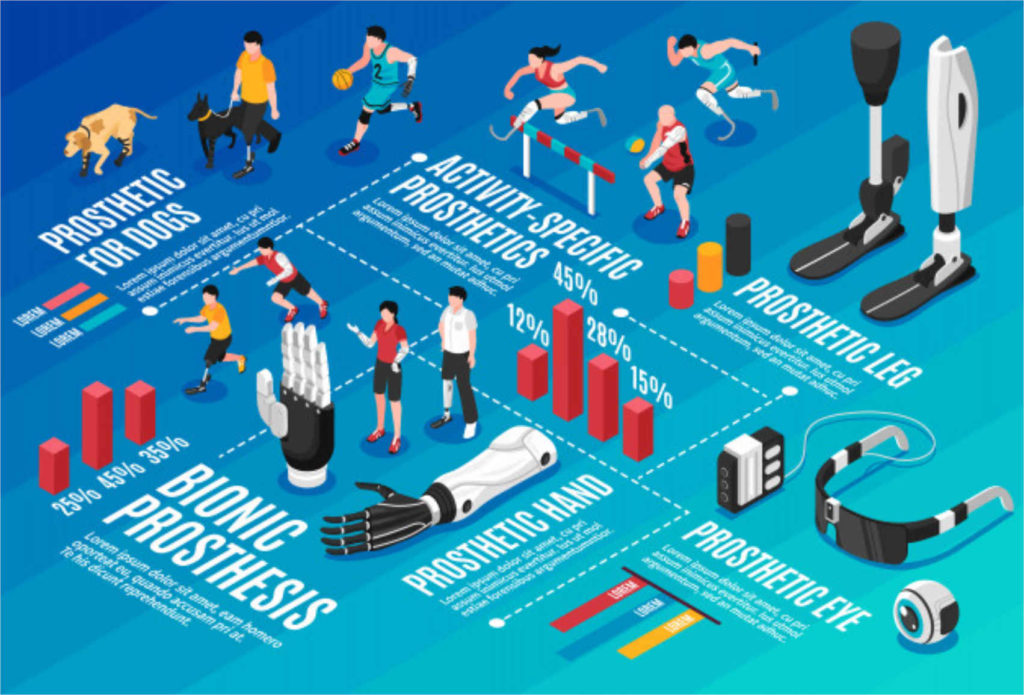Top Five Trends in health care in 2019
- As per Market Watch, the Global Home Healthcare Market is expected to out pass more than US$ 340 Billion by 2024 at a CAGR of more than 7% in the given estimated period
- According to Bloomberg, Global Market Insights, Inc. predicts that Healthcare Data Interoperability Market to hit $3.5 billion by 2025
Over the past decade, health care has emerged as one of the most important social and economic issues in our country. While the earlier part of the decade focused principally on the payment and legal changes that would be required to move health care forward, the latter half has been more about how the private sector has responded and shifted to answer new challenges.

2018 was a revolutionary year as number of organizations speculated on health care transformation, declaring a combination of new deals, new offerings that often paired companies at different levels of the health care marketplace. These initiatives were extraordinary in an industry that historically accompanied mergers and acquisitions via horizontal adjacencies, rather than vertical combinations.
To more than $8 billion, from the launch of the Amazon-JP Morgan-Berkshire Hathaway health venture in digital health deals, 2018 was a year of transformation and growth in healthcare.
As per the current analysis, understanding of industrial tendency, Business Insider Intelligence research service, has brought together The Top Five major Trends in health care in 2019. As we are to the end of 2019, we will undoubtedly begin to see the impacts of these changes both likely and unlikely.
1. Changing contribution in the hospital C-suite
With the emerging adoption of machine learning and AI to forecast and treat conditions, expect many healthcare organizations to create Chief Innovation and Chief Data Analytics Officer Positions. These new roles will quickly become essential as companies embark on data-based technology initiatives to lower costs and improve the patient experience.
Currently, 14 % of hospitals have CNIOs (Chief Nursing Informatics Officer) ,CNIOs play an important leadership role in calculating the impact of innovative technologies on patients. Similarly, Nurses will look to this C-level leader who resides at the intersection of clinical nursing expertise and information technology. To uncover problems in clinical care and work with HCIT colleagues to achieve quality outcomes, they will work closely with the CNIO.

Moreover other emerging role to watch is the Chief Pharmacy Officer. Pharmacists hold a very unique role in the healthcare continuum as they possess direct relationships with patients who turn to them for care needs as well as information about prescriptions, drug price changes and also new practices.
2. Drug spend will increasingly be targeted for cost savings in the hospital
About 18 %of the U.S. GDP, with $3.3 trillion in annual spending is consumed by healthcare currently, where prescription drugs constitute about 17 % of the total GDP and continue to be among the fastest-growing elements in the healthcare spending.
Regarding hospitals, pharmacy spend is between 10-20% of a hospital’s operating budget and of that, 80 % is the cost of drugs. However, the data-driven provider organizations do have power to reduce these costs by tracking and connecting drug spending with clinical outcomes.
With increasingly tighter margins, healthcare executives will be laser focused on managing prescription costs. Expect alliances to form among IT, pharmacy and clinical quality teams as they join forces to establish seamless, automated processes that can identify and quickly alert clinical leaders when prescribers are leveraging name-brand drugs over equally effective generics.
For example, insightful analytics and surveillance tools can aid care team leaders as they increasingly watch for ineffective treatments, and encourage clinicians to stop prescribing antibiotics for patients who no longer need them, an effort that international organizations support as one of the key ways to prevent the spread of deadly resistant strains called superbugs.
3. Demand for trained nurses will escalate
According to U.S. Bureau of Labor Statistics, there will be a higher demand for nurses in long-term facilities as to reduce costs, and hospitals try to discharge patients quickly as possible. Existing leading-edge learning technologies will play a bigger role in this process, providing mobile, adaptive and extensive ways to quickly and effectively educate the nurses of better tomorrow.
The gravity of the nursing shortage can be reflected in politics too. One of the latest example can be found in Massachusetts’ midterm elections this past November 2019. Residents basically voted against implementing a new law that would implement a limit on how many patients a nurse could care for at once. A law like that could have meant pulling nurses from community settings into metropolitan areas, which would put a strain on this already projected shortage.
Healthcare leaders will need to find productive ways to support nurses much like high profile Silicon Valley companies have done to attract tech talent and also whether that is supporting transportation needs in order to ensure there is an ample number of nurses in places that need it most.
4. Transformation of patient care through AI
AI gives clinicians the capacity to evaluate through patterns in patient data to possibly prevent disruption before they happen. AI is also approaching closer to predict patients who are at risk of getting sick during and after a hospital stay, which are problematic for patients and their families and costly to U.S. hospitals that will not be satisfied for this care.
For early intervention, AI can also be leveraged on a population health level to identify patients or populations at risk. This could help payers and providers keep costs down by intervening with “rising risk” patients or populations before a high-cost event occurs.
If a patient is battling a chronic condition for example, payers can connect them with programs to help them more effectively manage that condition. This leads to more clinically effective care, better outcomes for the patient and lower costs for the payer.
While AI will have an impact on patient care, its value will be in augmenting clinicians and optimizing their time, not in replacing clinicians. In addition to dramatic innovations such as AI-assisted robotic surgery, AI can complement more routine point of care interactions with patients. Decision making is improved through the smarter integration of the latest evidence and a patient’s unique history.

5. Acceleration of population health through personalized patient-driven engagement
As providers look for innovative and creative ways to drive better consequences, there will be a surge in voice-driven patient communications. VUI is existing being used to keep patients engaged after leaving the hospital or physician’s office and keeping them on track with their prescribed care plan.
2019 have brought strong focus on voice design, as it is meant to help the patient feel empowered about making briefed decisions about their health. There will be a growing focus on tone, inflection and other elements that mimic natural conversation to more effectively shape behaviors or calm nerves of people anxious about a procedure. Patients are meant to feel like they are talking with a real human on the other line.
More personalized and responsive calls offer patients a more empathic dialogue ,so The age of easily distinguishable “robo-calls” from a provider or payer may soon be long gone Whether it is to prompt patients to schedule appointments for vital screenings, help them prepare for a procedure so they feel more informed and less anxious or ensure they are recovering well after a surgery, VUI will help to engage patients outside of the clinical setting to promote better health outcomes on a scale that would be impossible with existing clinical staff.
From a changing C-suite to new technologies and new applications of current technologies, 2019 has been another year of major transformations and changes that has impacted the people and machines that make up the healthcare system.






